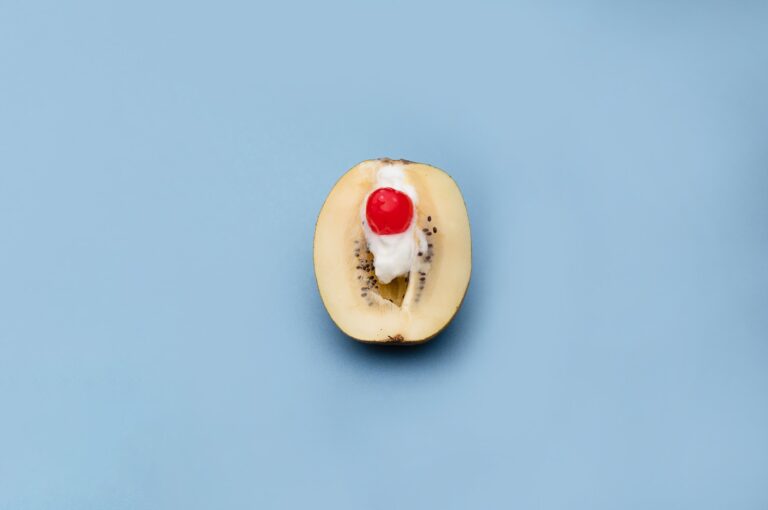When sperm contacts a woman’s cervix and cervical mucus, they survive much longer than when they’re exposed to room air or dry objects. (For example, sperm that lands on bedding or in the steamy hot tub lose their motility within a few minutes.)
During ovulation, changes in hormones alter the texture of cervical mucus to make it ideal for hosting sperm. Learn how long can sperm last in the vagina to get pregnant.
The Fertile Window
When sperm is ejaculated from the body, it can survive for up to five days inside a woman’s reproductive tract. In order to successfully fertilize an egg, it needs to reach the fallopian tubes within that window of time. However, if the sperm is exposed to a different environment outside of the female body, its lifespan dramatically decreases.
In a dry environment, such as a tub or shower, sperm can only survive for a few minutes before the semen dries and dies. On the other hand, if the sperm is ejaculated into an ideal environment, it can survive for up to five days. This is referred to as the Fertile Window, the optimal time of a woman’s menstrual cycle to try for a pregnancy.
During the Fertile Window, a woman produces a large amount of egg-white cervical mucus that shields and helps sperm travel to their destination. In addition, the cervix has channels called cervical crypts that can hold sperm until the day of ovulation. This gives sperm the chance to fertilize an egg before ovulation and increases the chances of pregnancy.
Women who are trying to conceive should have sex during the Fertile Window, which includes the two days before and the day of ovulation. Many people mistakenly believe that urinating after sex can flush sperm out of the vagina, but this is incorrect. Urination only enters the body through a small hole in the urethra, and does not wash sperm out of the vagina.
Intercourse
Sperm can survive for a few days inside the female body after ejaculation, but they only have a limited time to actually fertilize an egg. It’s important for couples to have sex at the right times to increase their chances of success.
During intercourse, sperm is propelled out of the penis through the vaginal canal and into the woman’s cervical mucus. Depending on the timing of the sexual interaction, it can take a few hours for sperm to reach the cervix, and then it’s only another hour or so for them to get to the fallopian tube.
The sperm that makes it through this process can survive for up to five days in the cervical secretions. After that, it takes only a few minutes for the fastest sperm to reach the egg in the fallopian tube, where fertilization occurs.
Outside the body, however, sperm has a much shorter lifespan. Sperm exposed to room air on clothing, bed linens or toilet seats lose their motility quickly and die within 30 minutes. They also die quickly if they land on skin or dry surfaces.
Cervical Mucus
The cervical mucus is the liquid that surrounds your cervix and protects sperm from the acidic vaginal fluid. It can also help sperm get through the cervix (and the cervix can block sperm from entering). Over the course of your cycle, cervical mucus can change in color and consistency. Observing these changes can help you predict when you might be most fertile.
There are four types of cervical mucus. The first is a thin discharge that looks pearly white and feels “sticky or tacky between your fingers,” Alagia says. This type of mucus is associated with low fertility.
About a week before your period, the cervical mucus becomes thicker. It is translucent and has a watery appearance, sometimes resembling raw egg whites. The mucus may also leave wet spots on your underwear. This is known as the ‘glue’ stage of your cycle, and it is when sperm will have a hard time moving through your vagina.
The day before ovulation, the cervical mucus will become wet and stretchy. It’s almost like lotion, and many people say it looks and feels like raw egg white. This is the most fertile type of cervical mucus, and sperm can live for up to five days in it. If you notice this type of mucus, it’s a good idea to have timed intercourse during the clinical fertile window.
Semen
When sperm land on a dry surface, they usually die within 30 minutes. But if they reach a warm, moist surface such as a hot tub or a woman’s vulva, they may survive for up to five days before they run out of energy.
But the chances of a pregnancy from contact with semen outside the body are incredibly slim, and there’s a reason why most pregnancies result from intercourse during the few days before ovulation. The consistency of cervical mucus changes during ovulation to offer protection and a welcoming environment for sperm. The sperm is held in small channels off the cervical canal called crypts. This increases the ‘fertile window’ and ensures sperm makes it to the egg before it dies.
Semen itself, however, is not a fertile environment. It contains a mixture of fluids from different male sex organs, and it’s important to know that peeing after sex doesn’t flush away any sperm. The sperm in semen needs the precise conditions of warmth and moisture to thrive, and it’s only alive for a few hours after ejaculation.
It’s not just the pH balance that makes a vagina inhospitable for sperm, though. Semen also contains a mix of hormones that can disrupt the delicate 3.8 to 4.5 pH balance in the vagina and cause it to become overly acidic. This can kill off Lactobacilli and create an ideal environment for a growth of harmful bacteria, such as candida.
See Also:






